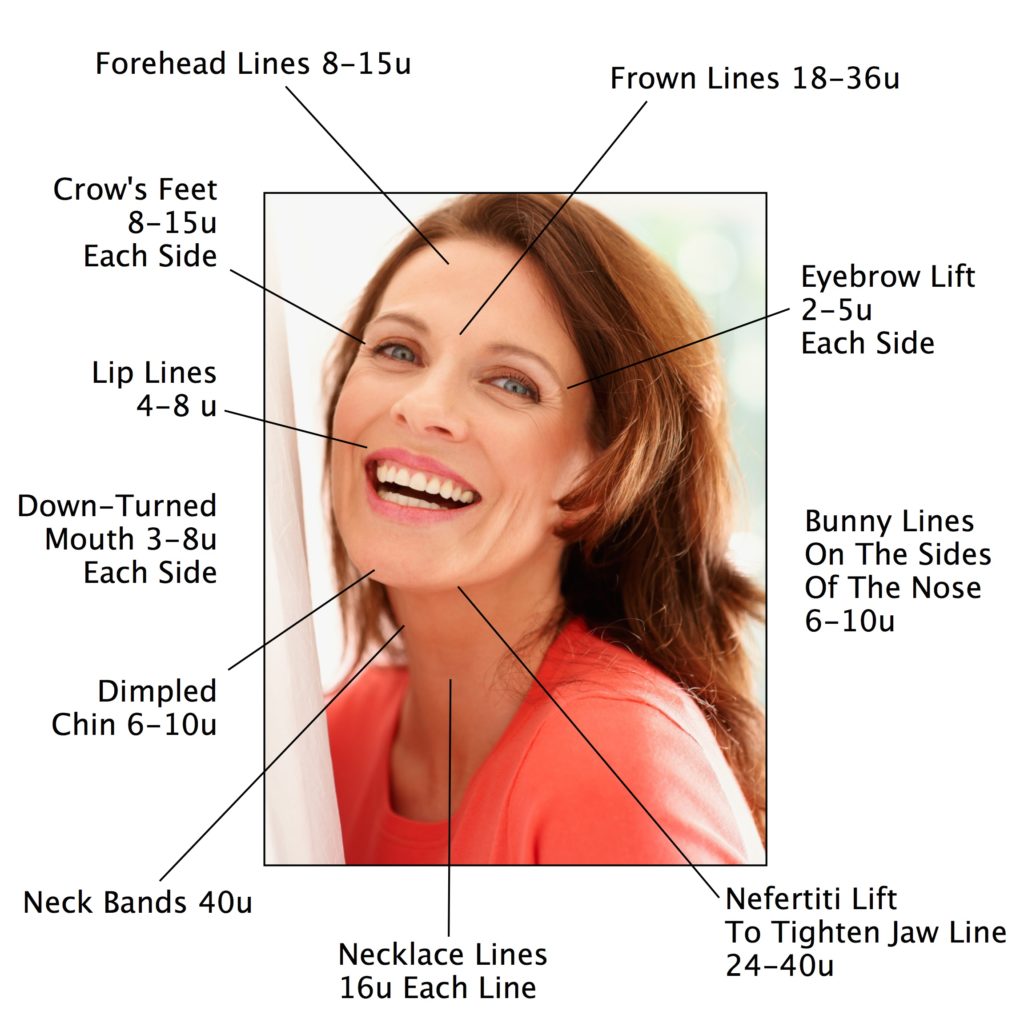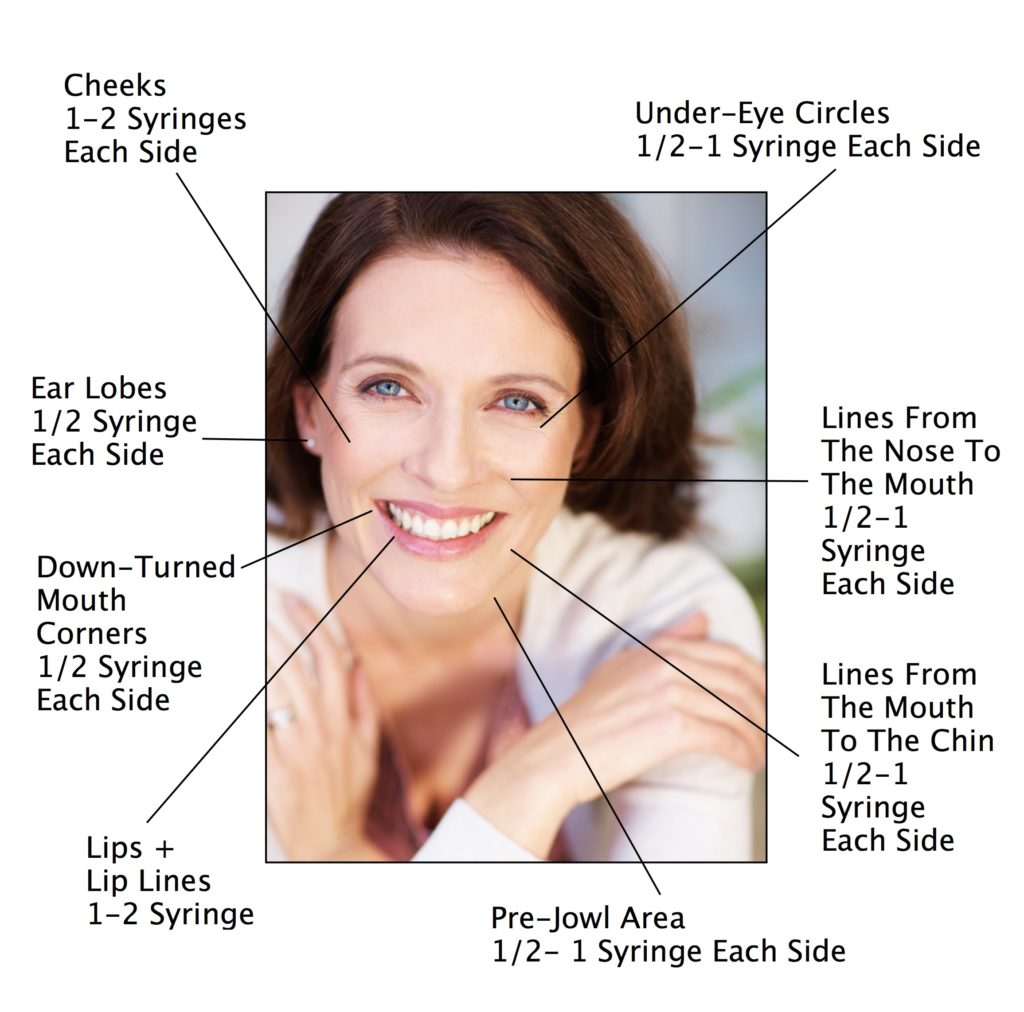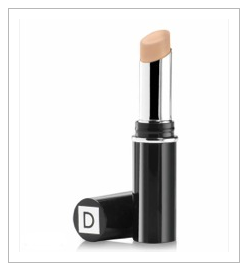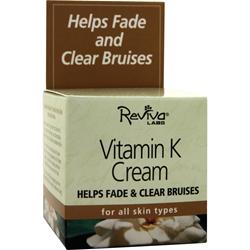For Appointments: Text or Call 817-296-5483
MEDS THAT MAY INCREASE BRUISING: FIND THIS LIST AT BOTTOM OF THIS WEBPAGE.
Botox or Dermal Filler Treatment FAQ’s
Can I wear makeup after my Botox or Dermal Filler treatment?
During your visit for Botox or Dermal Fillers, your makeup will be removed from the treated area. If you plan to go out or return to work afterwards, you may reapply makeup immediately after for Botox. Although not mandatory, we prefer you to wait until the next day to apply makeup after a Dermal Filler treatment.
Will my Botox or Dermal Filler treatment hurt?
Treatments are generally very comfortable. We use ice, numbing medicine and various other techniques depending on which treatments you are receiving. It is important to us that you have minimal to no discomfort.
How long will it take to get my Botox or Dermal Filler treatment?
A Botox visit generally takes 30-45 minutes and a Dermal Filler visit generally takes 1-2 hours. The length of the visit will vary depending on whether or not you are a new client and how long the pretreatment consult lasts. You will control the length of the pretreatment consult. If you have already decided upon a treatment, your consult may only take a few minutes but we will always allot enough time for you to discuss all treatments desired and to fully answer any of your questions. Dermal Filler treatments for 2 or more areas usually need several syringes of filler and you should plan on a 90-120 minute visit. A Botox and Dermal Filler treatment in the same visit can usually be accomplished in 1-2 hours.
How long until I see results from my Botox? How long will the results last?
After your Botox treatment, you will begin to see results within 2-4 days. Most of the results will be apparent within a week but you will notice a continued improvement up to 2 weeks. At 2 weeks, you will see your final result. Botox generally lasts around 3-4 months but if you elected to have a light treatment, your results may not last as long. Also, people with stronger muscles will need a heavier Botox treatment to have results last 3-4 months. If you retreat your muscles regularly as the Botox begins to wear off, you may find that the results tend to last longer. Some are able to go 6 months in between treatments.
How Much Botox Will I Need?

These are averages for the number of units of Botox needed. We prefer an individualized plan. During your pre-treatment evaluation, we will discuss how much Botox you may need to get the look you prefer. You may need more or less than the general amounts listed. Men, because their muscles are stronger, usually need more Botox than women. You may choose to treat one area only or to treat a combination of areas. The most common combination is to treat the forehead, frown and crow’s feet during the same visit. To treat all 3 areas usually requires 45-60 units for women and 60-75 units for men. Estimates for advanced treatments for the lower face are also listed.
How will I look immediately after my Botox treatment? When may I return to work?
Your skin may look red and bumpy for 15-20 minutes after which you should look normal and no one should be able to tell that you had a treatment. You may return to work right away. You may also apply makeup right after your treatment. Occasionally but infrequently, a Botox treatment may leave you with some small bruises (pin point size to the size of a pencil eraser) that can be easily covered with makeup. Any bruising tends to resolve in 3-7 days. Please look toward the bottom of this webpage for a list of medications you may want to avoid before your treatment as they can contribute to bruising. You may resume normal activities after Botox with the following exceptions: you should not lay flat, bend over for a prolonged time, exercise vigorously or apply strong pressure to the injected spots for 4 hours.
Learn More About Botox. See Before & After Pictures.
How Much Dermal Filler Will I Need?

These are averages for the number of Dermal Filler syringes you may need. During your pre-treatment evaluation, we will discuss how many syringes you may need to get the look you prefer. You may need more or less than the amounts listed. You may elect to treat only one area or multiple areas during the same visit.
How long until I see results from my Dermal Filler treatment? How long will the results last?
You will see immediate results from your Dermal Filler treatment. The results last up to a year on average. Some facial areas that are highly mobile such as the lips tend to wear off slightly earlier. A filler designed for the cheek area (Juvederm Voluma) has been shown to last up to 2 years. During your pretreatment consult, we will make a decision (depending on which area you would like treated) as to which filler will work best for you.
How will I look after my Dermal Filler treatment? When may I return to work?
Most have some swelling, redness and bumpiness. This may last from around 24 hours (injections for the lines from the nose to the mouth) to longer times in areas that are more prone to swelling (lips and under eye areas). It is common to have some bruising after a dermal filler injection. This can range from a few pin point areas to larger darker areas (quarter sized) that may take 7-14 days to resolve. Larger bruises are not common but certainly may occur. Just to be on the safe side, do not plan fillers within 3-4 weeks of an important trip or event. We highly recommend Dermablend Quick-Fix Concealer for bruises. Please look below (in the section on bruises) for more information on Dermablend. Also listed below are medications that can contribute to bruising. Please review and avoid these, if possible, for 10-14 days before your treatment. You may return to work as soon as you wish, keeping in mind that you may have some swelling and bruising as noted above. Take this into consideration if you would feel self conscious under such circumstances. After your filler treatment, you may resume normal activities with the following exceptions: you should not exercise vigorously for 24 hours and you should avoid any heat based treatments such as photo facials or laser treatments to your face for 1-2 weeks. In addition, due to concerns about infection, it is best to wait 2 weeks before a dental treatment and to wait until the next morning before applying make up over the injected areas.
Are there circumstances under which I should not get a dermal filler treatment? YES, DO NOT GET A DERMAL FILLER TREATMENT:
- If you have a current skin infection or inflammation in the area that you are planning filler.
- If you have had a dental, sinus or other infection within the last 2 weeks.
- You have had or are planning a DENTAL or other surgical procedure within the next 2 weeks.
- You have had or are planning to have a vaccination within the next 2-4 weeks.
- You have an autoimmune disorder such as lupus/rheumatoid arthritis or other that is not currently under good control.
- You are immunosuppressed due to current cancer treatments or other treatments/diseases.
- You have uncontrolled diabetes.
- You have multiple severe allergies with a history of an anaphylactic reaction.
- If you have an important trip or event within the next 2-3 weeks. It is best to get your dermal filler several weeks in advance to allow for any swelling/bruising to resolve and to allow time for a touch up if needed. Best recommendation is 4-8 weeks before your planned trip/event.
What if I would like to have a dermal filler treatment in my lips but I have a history of fever blisters on my lips?
Prior to lip treatment with dermal fillers, notify your doctor if you have a history of fever blisters. Your physician can call in a prescription that you may start 2 days before treatment to help prevent a fever blister.
I am worried about bruises. What can I do to minimize bruises?
Review the section on bruises as well as the list of medications that may cause bruising at the bottom of this webpage. Please stop these meds 10-14 days before your treatment. DO NOT stop a prescription or doctor recommended medication without first consulting with the prescribing doctor.
Learn More About Dermal Fillers. See Before and After Pics.
ALL ABOUT BRUISES.
PLEASE REVIEW ALL SECTIONS BELOW TO MINIMIZE BRUISES:
We use multiple techniques to minimize bruises but any time a needle goes through the skin, bruises are always possible.
LIST OF MEDS THAT MAY INCREASE BRUISING
Stop these meds, if possible, 10-14 days before treatment.
- Aspirin, Aleve, Ibuprofen (Advil), Naproxen and other non steroidal anti-inflammatories.
- Steroids such as prednisone and others.
- Vitamin E
- Fish Oil
- Blood thinners such as Clopidogrel (Plavix), Dipyridamole (Persantin), Warfarin (Coumadin) and Heparin.
- Health food store items such as St. John’s Wort, Ginseng, Garlic, Ginko, Green Tea, Kava, Celery Root, Black Cohash and Flax Seed
- As a general rule, if you take it for a headache or pain and it is not tylenol or if it is from a health food store, stop it for 10-14 days before your treatment.
It is OK to take Tylenol (acetaminophen).
Do Not Stop Prescription Medications Without First Consulting With Your Doctor.
How to care for a bruise.
If you develop a bruise, gently apply a cool compress or covered ice pack to the area for 5-10 minutes several times an hour for 1-2 days after your treatment. Do not hold ice in one spot on your face for too long as you may cause cold injury to your face by over-icing. Pat and move the ice pack around over the bruised area every 5-10 seconds so as not to over ice.
Cover your bruise with Dermablend Quick-Fix Concealer.

Dermablend Quick-Fix Concealer is a makeup specifically designed to covers bruises. First apply you regular makeup and if the bruise is still visible, cover it with Dermablend. IT IS IMPORTANT to put a very thick layer of Dermablend over the bruise and then gently pat the covered area to blend the Dermablend into your other makeup. Dermablend may be purchased at Ulta Cosmetic stores. We also carry Dermablend which we sell at cost. Make sure to purchase the QUICK-FIX-CONCEALER. We attached a photo to make it easier to identify.
Vitamin K Cream will make your bruise go away faster.

Vitamin K Cream has been shown to hasten the resolution of bruises. It doesn’t help to use Vitamin K in advance but once a bruise appears, rub a small amount of Vitamin K cream over the bruise and then moisten your fingers with water and massage the Vitamin K in again. The moisture assists the absorption of the cream so that it can begin to break down the bruise. Do this 2-3 times a day until the bruise resolves. We will give you a sample of Vitamin K cream to use after your dermal filler treatment.
Arnica.
There is not good scientific evidence to support arnica but many people seem to think that it helps to prevent bruises. If you decide to try Arnica, it is generally recommended that you begin Arnica tablets 2 days before and several days after treatment. Arnica may be purchased at most health food stores and the directions are on the bottle. There are also Arnica creams that may be used for bruises. We feel that Vitamin K Cream is much more effective.
Pineapple.
There is not good scientific evidence to support pineapple but many people seem to think that it helps to prevent bruises. If you decide to try pineapple, fresh pineapple is generally recommended but some use pineapple juice. There is not a recommended amount so you may want to have the pineapple 2-3 times daily beginning several days before and after your treatment.
We Accept CARECredit
Pay out the cost of your treatment over 6 months, INTEREST FREE.

Join our E-Mail List to Get Updates on All New Specials.
Quick Links:
Learn More About Juvederm Family of Dermal Fillers.
Learn More About RHA Dermal Fillers:
Please text or call for any other questions.
817-296-5483
Nikki Wilkins M.D.
Robert Rowland M.D.